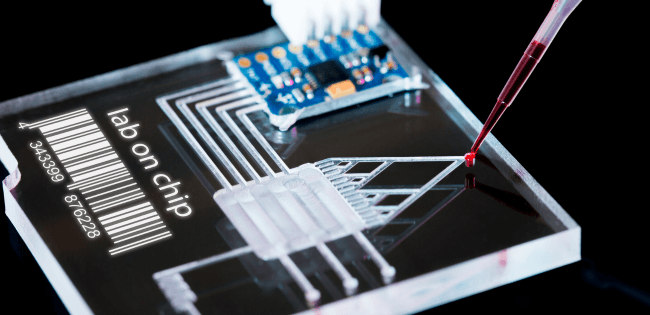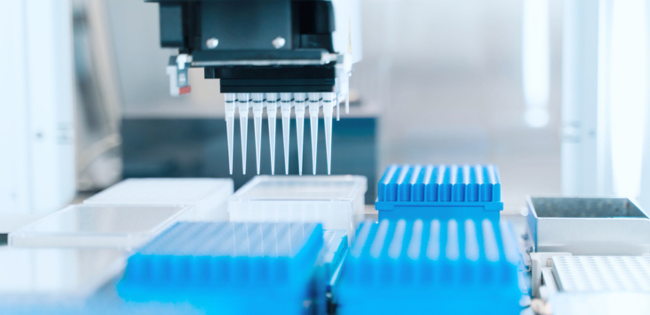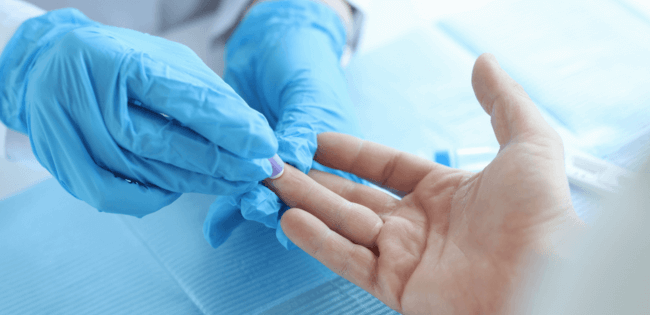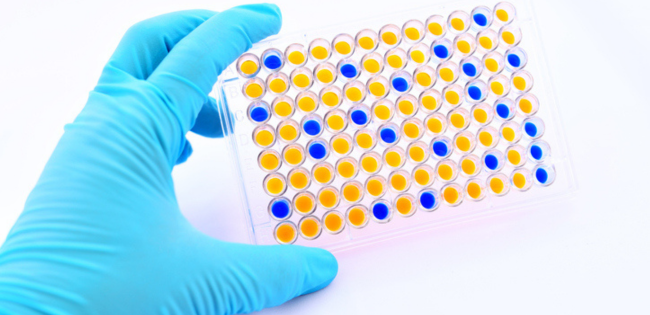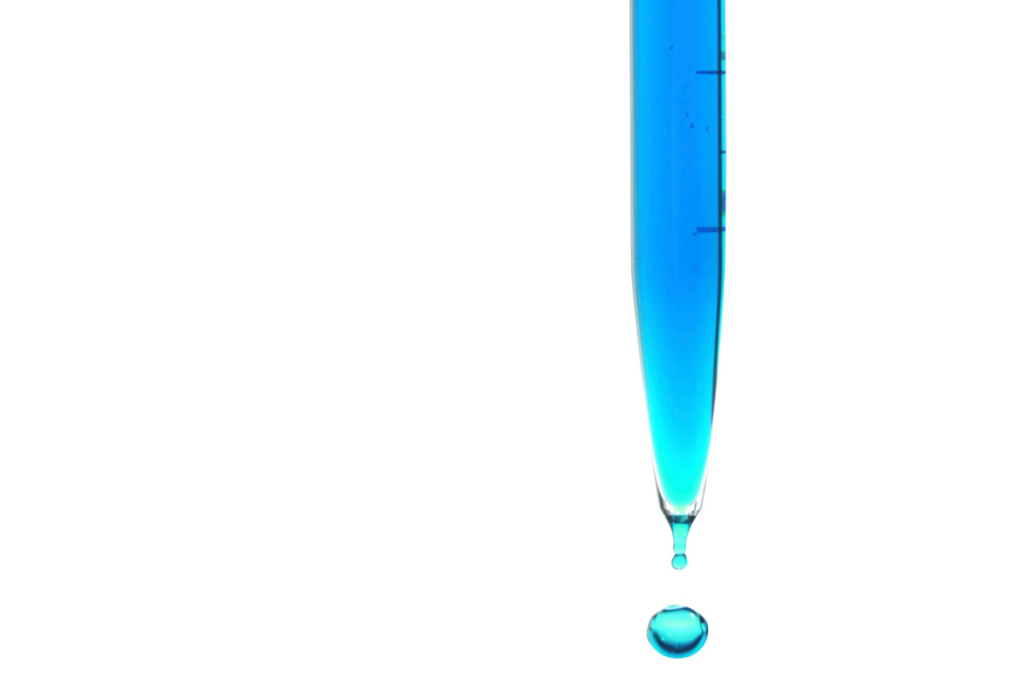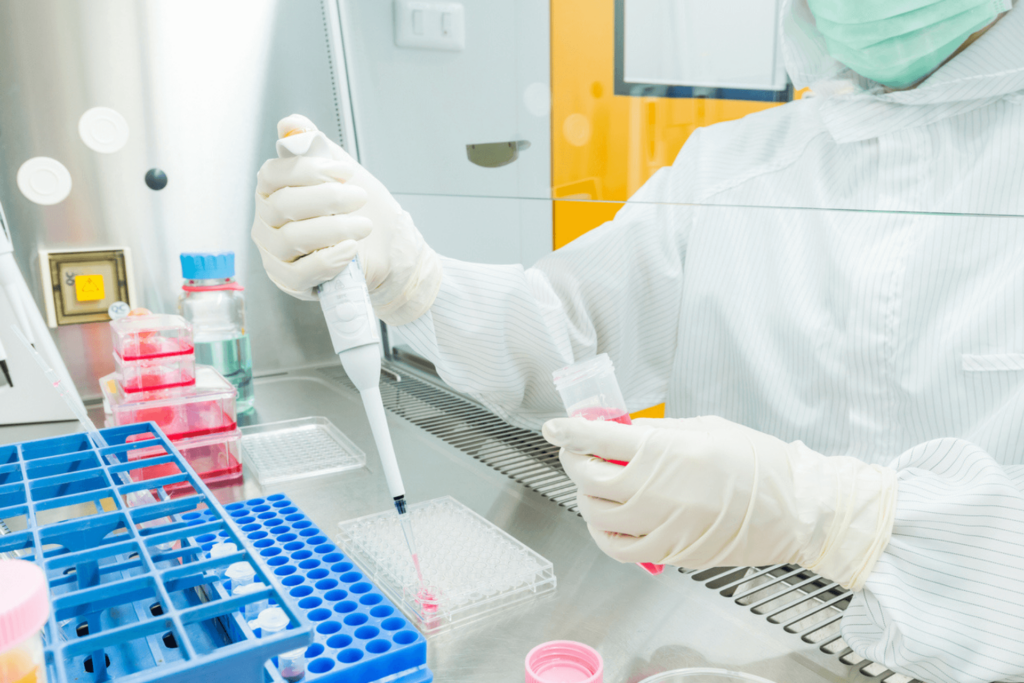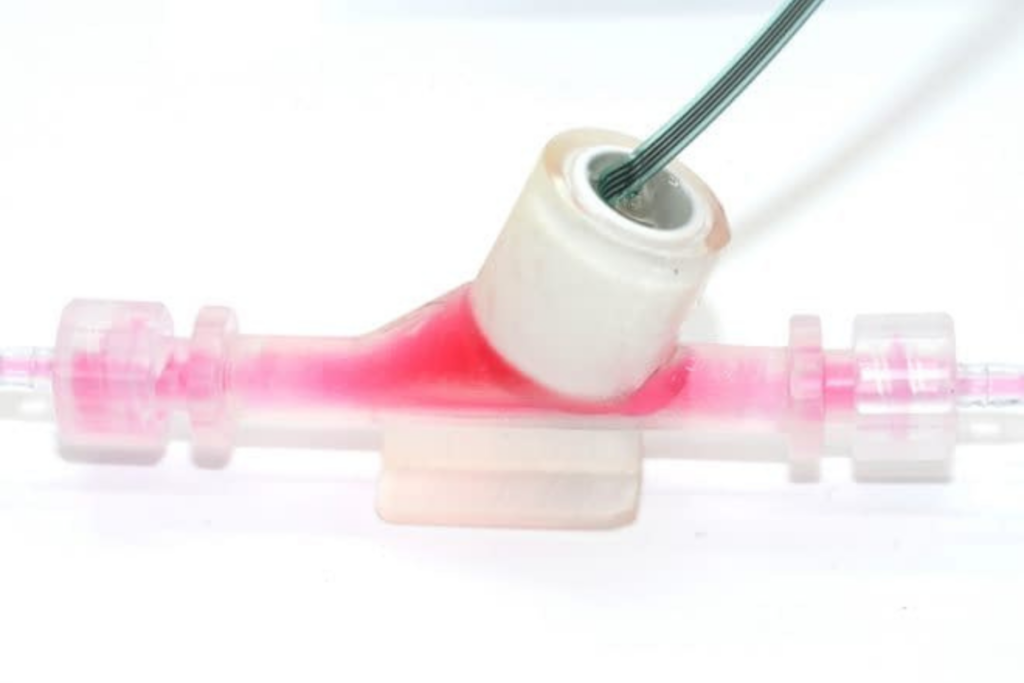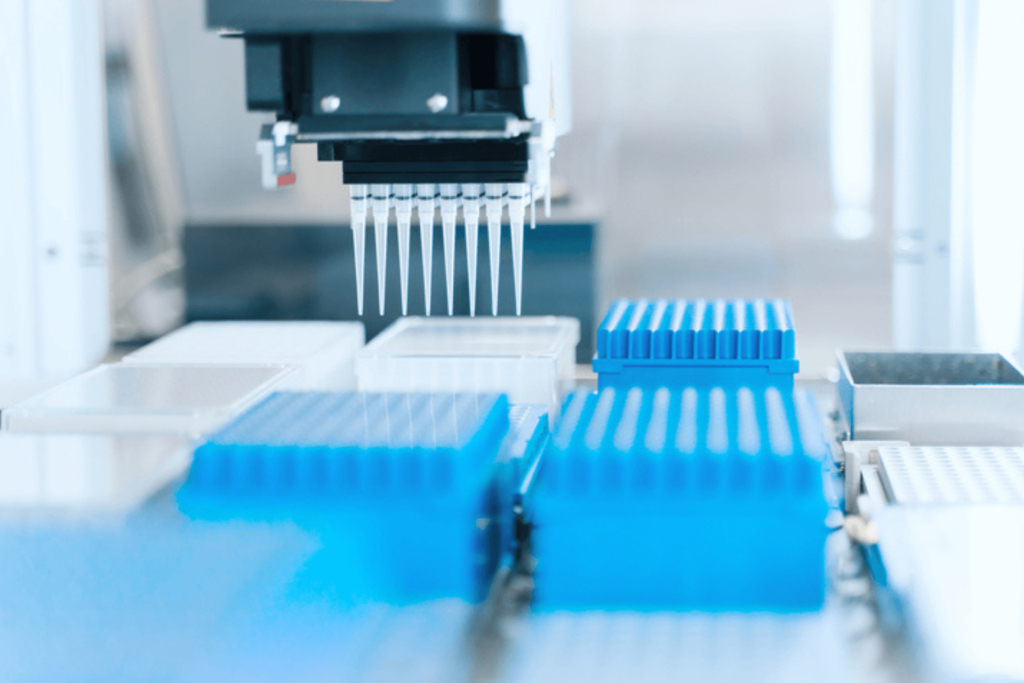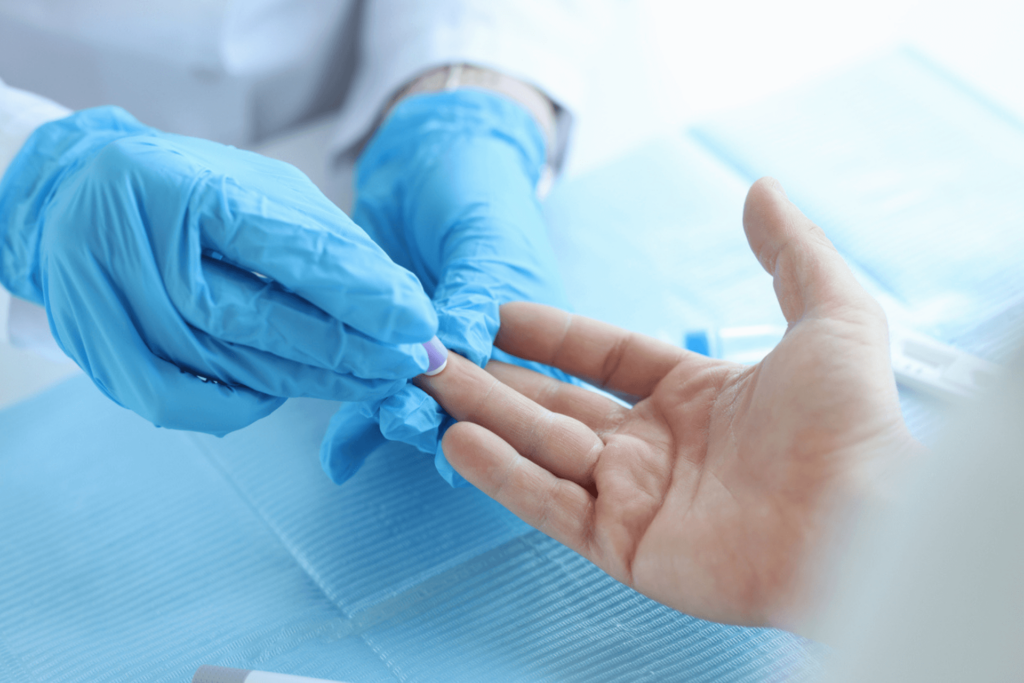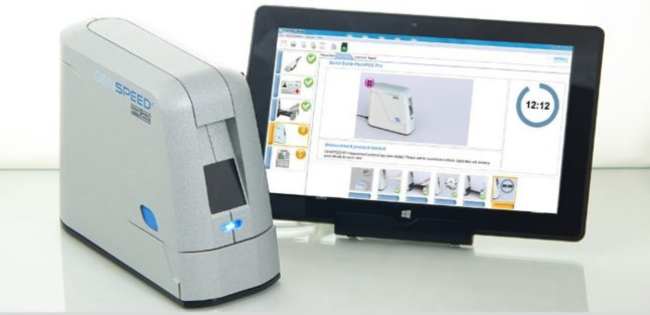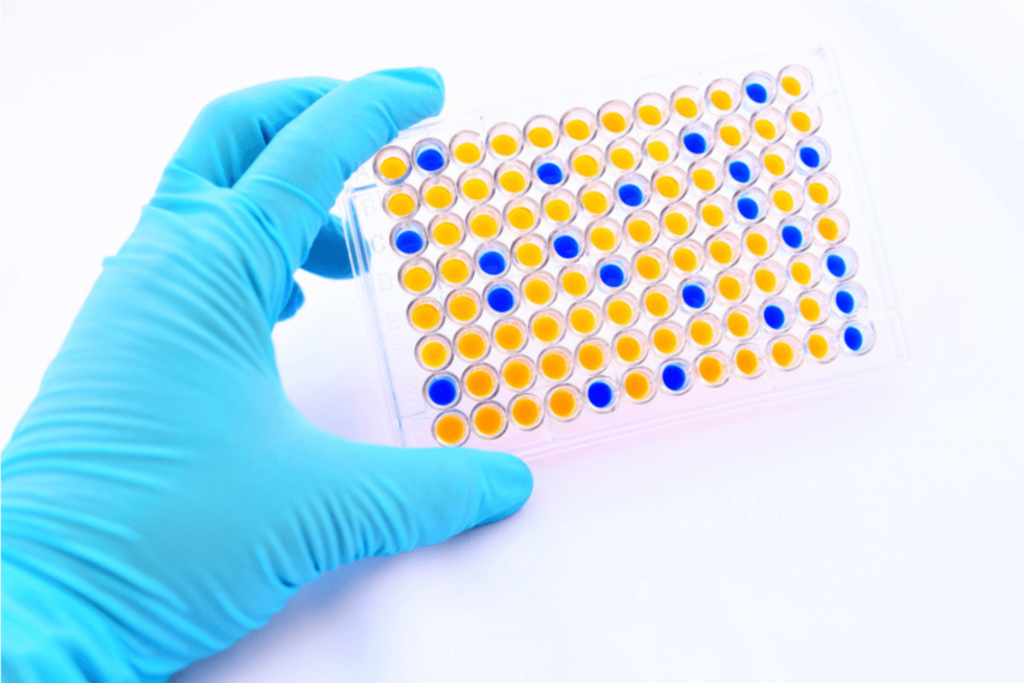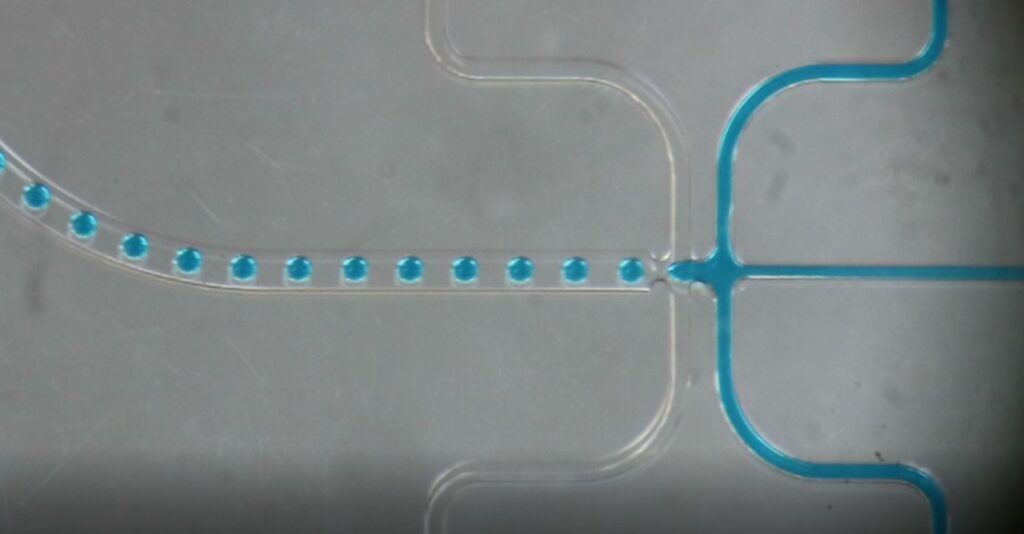Design of a lab-on-a-chip system
Our mp6 micropump extends passive microfluidic chips and converts them into active units. In microfluidics, we are almost always exposed to laminar flows. This leads to a lack of cross flow within the fluid and makes it difficult to mix two fluids.
In this video, this cross flow is caused by a special structure of the microfluidic chip. This makes it easier to mix the two different colored liquids. The micropump is electronically driven. It enables this slim, small and inexpensive system to fill even the smallest and most complex structures quickly and safely. This is the basis for lab-on-a-chip applications, for example.
Instead of using conventional laboratory technology, tests and diagnoses can be performed directly at the point of care. This saves time and costs and leads to higher system functionality. The flat system can be integrated into portable devices, and digital handling enables variable flow rates and easy operation.

Mit dem Laden des Videos akzeptieren Sie die Datenschutzerklärung von YouTube.
Mehr erfahren

